Advanced Research Center for Beam Science
We promote the development of quantum beams and ultimate space-time analysis and their applications to physics of nuclei, materials and plasmas.
Prof WAKASUGI, Masanori (D Sc)
We experimentally research on unstable nuclei (RI) structures using an electron and a heavy-ion storage ring. Research on the charge density distribution by electron elastic scattering using electron storage rings and unstable nuclear targets, the mass measurement of rare RI using heavy-ion storage rings, and development of beam recycling aiming at making RI-RI collision possible.
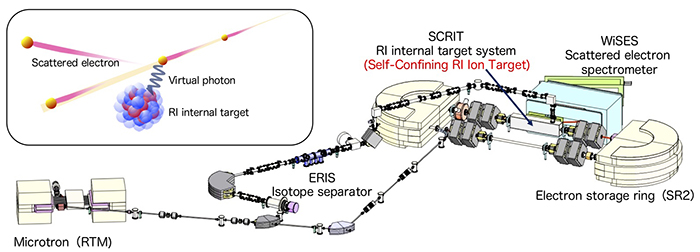
Prof TOKITA, Shigeki (D Eng)
We are developing cutting-edge high-intensity laser sources and studying experimental research on the laser interaction with matter by using the new laser sources. We are promoting cross-disciplinary research based on high-intensity laser technologies such as development of high-intensity mid-infrared solid-state lasers and fiber lasers, research on particle acceleration and wavelength conversion with plasmas produced by high-intensity ultrafast lasers, development of laser isotope separation method for neutrino research, and search for dark matter using high-intensity lasers.
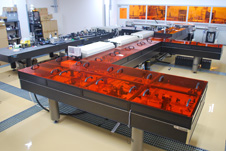
Ultra intense femtosecond laser system T6-laser.The power amplifer.
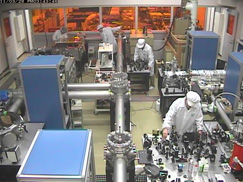
The room for experiments of laser irradiation on matters.
To investigate the structure of the interface in thin films, surface chemical reactions, and the formation of nanomaterials, we utilize direct imaging of the structural arrangement of atoms or molecules by high-resolution electron microscopy and scanning probe microscopy. Local electronic structure analysis and elemental mapping are also performed to explore chemical information by measuring the energy of inelastically scattered electrons.
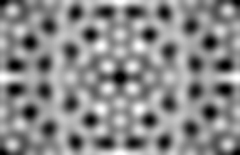 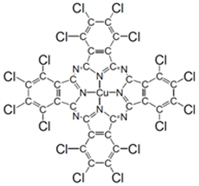 |
||
| Annular bright-field image of a copper hexachlorophthalocyanine crystal and its molecular structure. |
Assist Prof FUJII, Tomomi (D Sc)
This laboratory studies the structural biology about the relationships between protein structures and their functions and properties based on the crystal structures determined by X-ray analyses. The main research themes are elucidation of the enzymatic reaction mechanism and the adaptation strategy of proteins from thermophilic or cold-adapted bacteria.
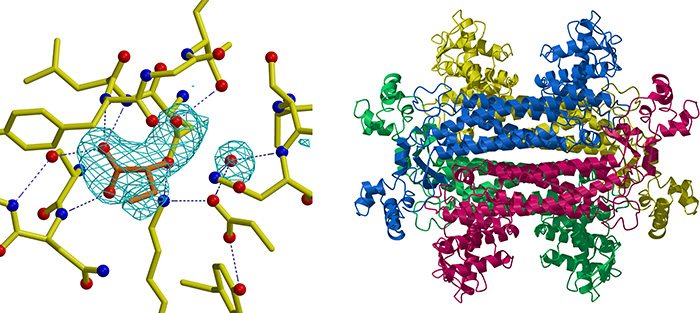 |
||
| Left: the structure of quasi-reaction-intermediate trapped in an active site of an enzyme. Right: the molecular structure of a thermostable protein. |
 Institute for Chemical Research, Kyoto University
Institute for Chemical Research, Kyoto University International Joint Usage Research Center
International Joint Usage Research Center
